School District Dismisses Concerns Shooter Drill Perpetuated Muslim Stereotypes
A Pennsylvania school district is facing backlash after community members discovered a man wearing a Middle Eastern-style headdress had played the role of a gunman during an active shooter training drill.
The actor in the training video, an unidentified Penn-Trafford School District teacher, is depicted with a purple and black checkered scarf tied around his head. The scarf resembles a kaffiyeh, a traditional headdress worn by men in some Middle Eastern countries.
Penn-Trafford School District, located in Pittsburgh’s suburbs, said in a statement Wednesday that the teacher’s outfit was not intended to represent any particular culture or religion. In addition to the checkered scarf, the teacher playing the shooter also wore a long blond wig and a paintball mask over his face.
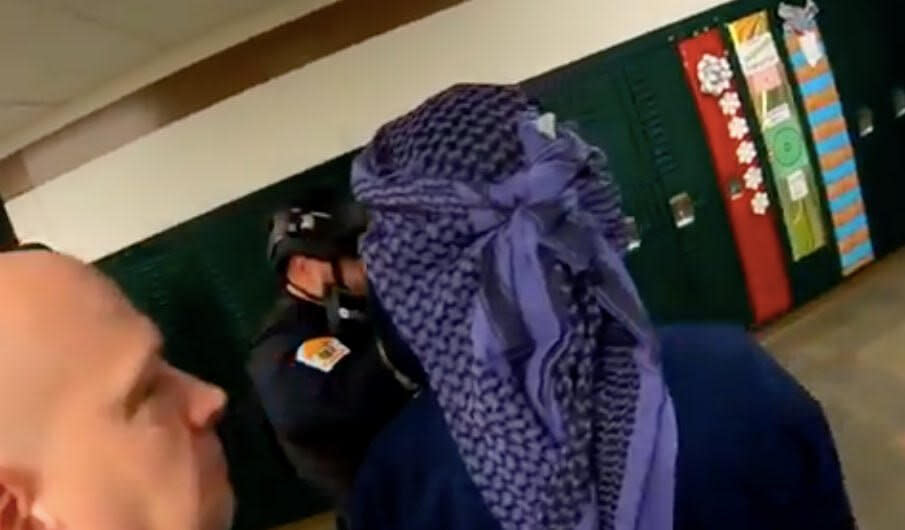
Still, some current and former students of the school, along with several advocacy groups, are expressing concern about the choice to include the checkered scarf in the drill.
“You could have used anyone. You didn’t have to dress him up,” Trinity Garbacz, a junior at Penn Trafford High School, told CBS affiliate KDKA.
My high school, @PTWarriors, posted this video showing how they engaged in an active shooter drill and portrayed the "shooter" as Muslim. The school is nearly all-white.
The video was taken down, then shared in a google drive file by another alum. https://t.co/SLjymOK4Se— Alicia McElhaney (@AliciaMcElhaney) May 15, 2019
I am ashamed to call Penn Trafford my alma mater. Please fix your education system. https://t.co/04RIgYg3l7
— 𝕊𝕙𝕒 𝕄𝕒𝕣𝕚𝕖 ✵⧗ᗢ (@Art_BySha) May 15, 2019
Ahmad Abuznaid, director of the Michigan-based National Network for Arab American Communities, told HuffPost he believes the use of the kaffiyeh in the school’s training drill is “deeply problematic.”
Since only about 20% of the world’s Muslims live in the Middle East-North Africa region, the kaffiyeh is more of a regional, cultural tradition than something that is intrinsic to Islam as a religion. But that hasn’t prevented it from being misused and misrepresented in the West, Abuznaid said.
“Western media has overwhelmingly portrayed an image of Arabs and Muslims as terrorists, many times wearing Islamic garb or keffiyehs,” he said via email. “Stereotypes of our community have proven to be very harmful both domestically and abroad.”
The Islamic Center of Pittsburgh said it was “appalled and saddened” by the video.
“The action of Penn-Trafford puts our community of over 10,000 Muslims in the greater Pittsburgh area in great harm,” board secretary Elaine Linn told the Pittsburgh Post-Gazette.
The district’s training video was created in January as part of a drill meant to help teachers prepare for shootings on school grounds. Two teachers with experience handling firearms volunteered to act as shooters. The simulation was conducted with the help of local police departments and an active shooter drill consultant, the district said.
It was the consultant who provided the teachers with costumes and accessories to help alter their appearance so they wouldn’t be recognized by their co-workers during the drill, the district said.
The consultant, John Sakoian of the security training company Command Excellence, told the Pittsburgh Post-Gazette that his company gave the teachers a bag of props to help disguise themselves. The scarf included in the bag was meant to be used as a “neck scarf,” not as a headdress, Sakoian said.
“He completely, innocently converted it to that,” Sakoian said of the teacher.
“The drills are not meant to identify any race or religion or group or creed of people,” he added.
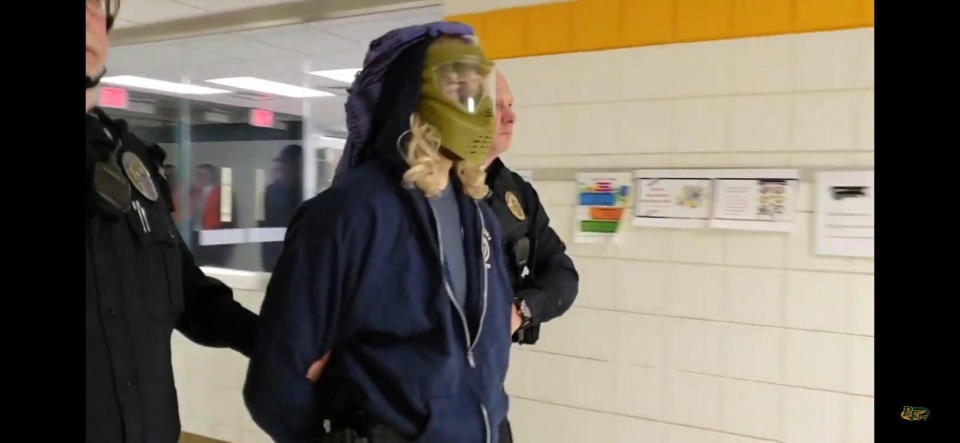
Students in the district’s audiovisual department created a video of the drill that the district said would be used in future staff trainings. The district said the video was intended to be viewed only by school staff. However, the audiovisual department students, whom the district said were “proud of their work,” posted the video they created to their YouTube channel.
Screen grabs of that video were then posted to social media, causing some community members to question the district’s choices. The school responded by saying that the screen captures didn’t tell the whole story.
“There was no intent by the District, police department or consultant as part of the training to provide an identity to the volunteers as anything other than an active shooter,” the district wrote in its press release.
One alumna of the school district, Alicia McElhaney, noted that the district’s statement on Wednesday did not contain an apology for the incident.
“Honestly, still not a good look,” she tweeted.
Abuznaid called the school’s response “insufficient.”
“I would expect for them to consider the implicit bias that helped fuel the decision to wear the keffiyeh if there was in fact no intent to represent any culture or religion,” he said. “Diversity trainings are clearly not cutting it.”
Jacob Bender, executive director of the Council on American-Islamic Relations’ Philadelphia chapter, pointed out that even though the district claims the video was intended only for staff members, it was still seen by students. Bender believes the scarf the teacher used “clearly” looked like a kaffiyeh.
“It’s irresponsible on the part of the school district to allow bigoted and prejudicial attitudes to be perpetuated within the school system,” Bender said. “There should be no excuse for any acts of bigotry.”
“When we see it, we need to condemn it, no matter where it is coming from,” he added.
Love HuffPost? Become a founding member of HuffPost Plus today.
Also on HuffPost
"The Essential Rumi," translated by Coleman Barks
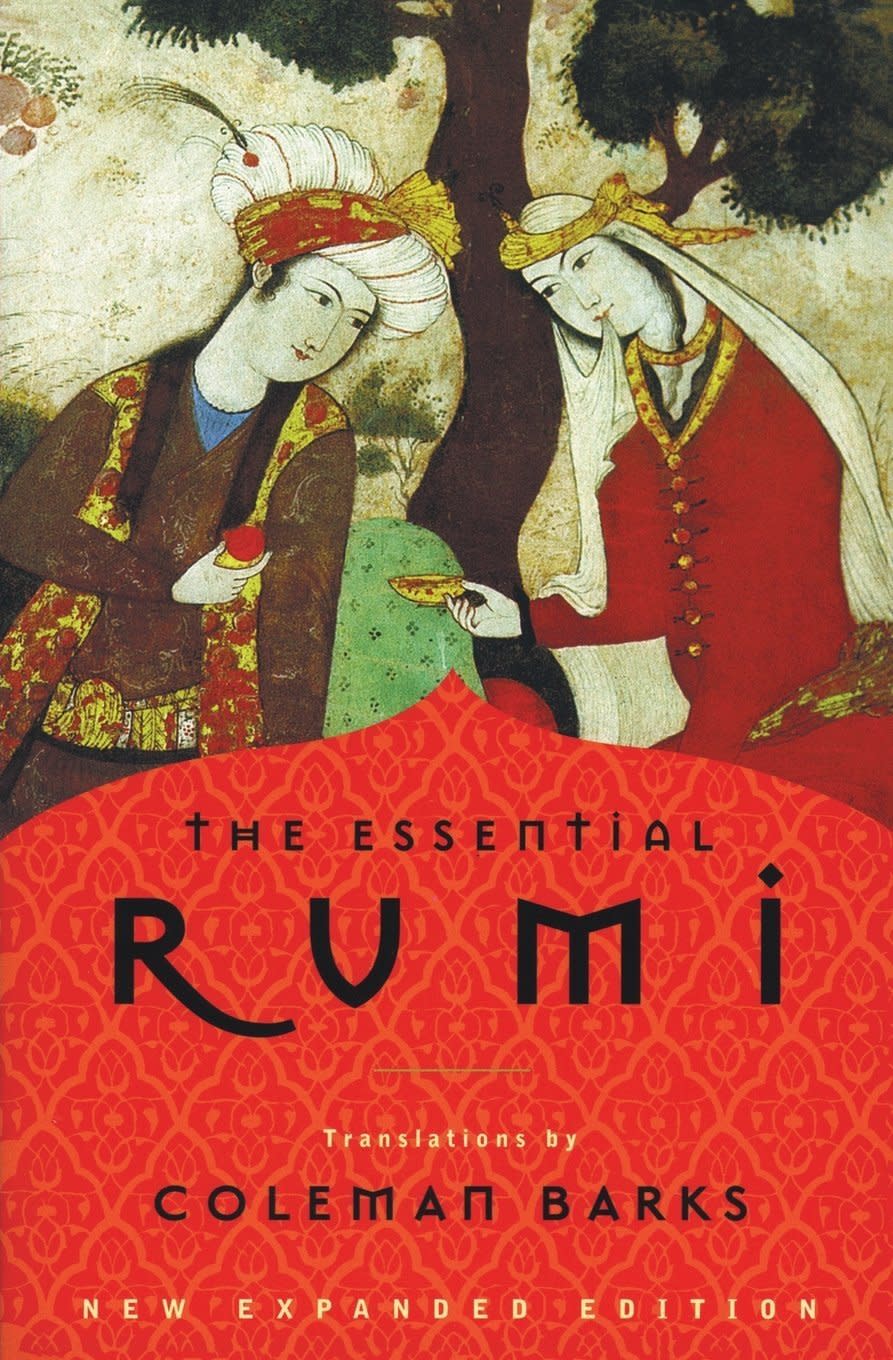
Does My Head Look Big In This? by Randa Abdel-Fattah
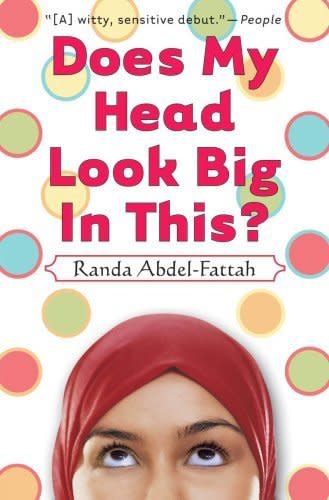
Reading Lolita in Tehran, by Azar Nafisi
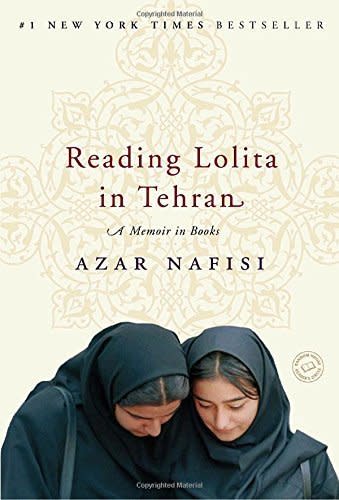
Muhammad: Man and Prophet, by Adil Salahi
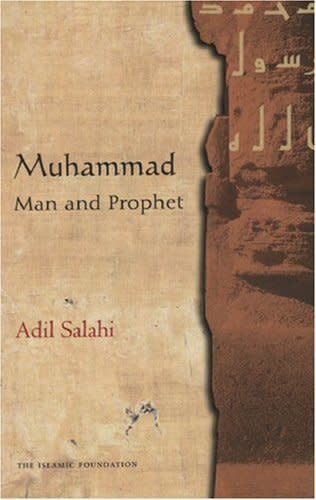
Islam In Focus, by Hammudah Abd Al-Ati
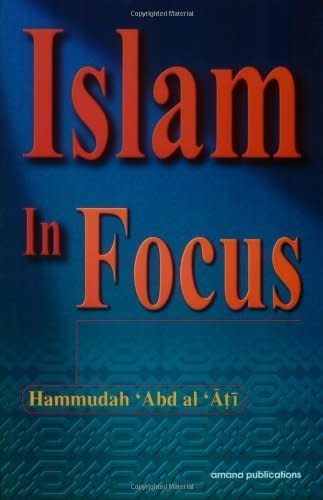
In the Footsteps of the Prophet, by Tariq Ramadan
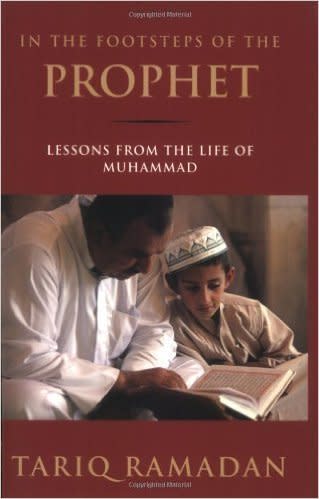
The Muslim Next Door, by Sumbul Ali-Karamali
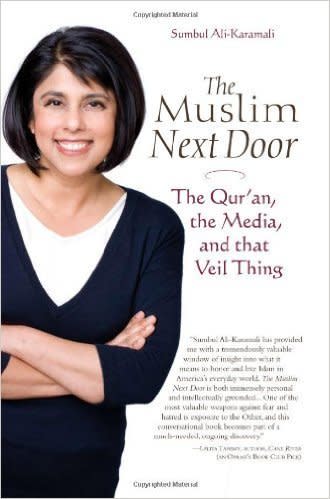
The Domestic Crusaders, by Wajahat Ali
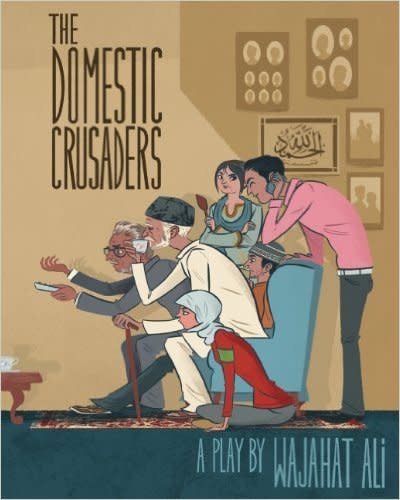
The Girl In The Tangerine Scarf, by Mohja Kahf
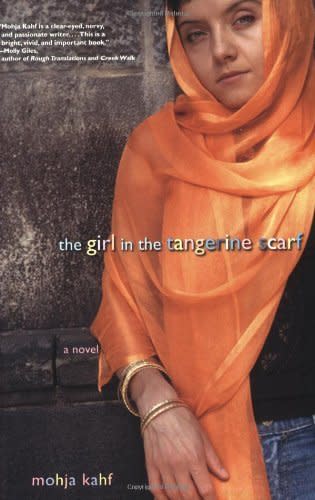
Purification of the Heart, by Hamza Yusuf
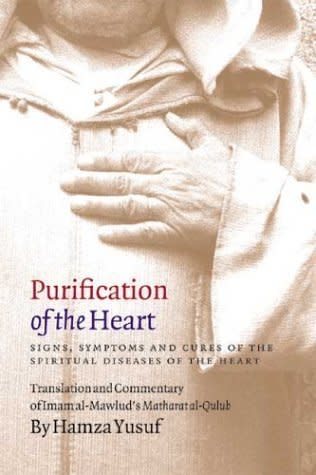
Al-Ghazali's Path To Sufism, by Abu Hamid Muhammad al-Ghazali
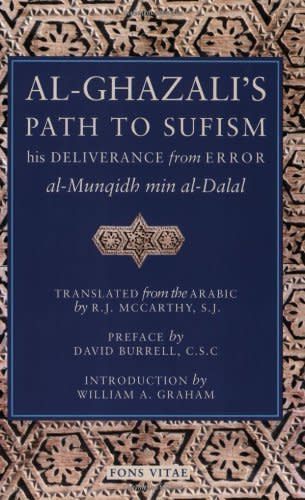
This article originally appeared on HuffPost.

